Is CBD Safe for Teens?
July 2, 2024
Discover the truth: Is CBD safe for teens? Unveiling the facts, risks, and regulations surrounding CBD use in adolescents.
Understanding CBD for Teens
In order to assess the safety of CBD for teenagers, it's important to have a basic understanding of CBD itself and the trends surrounding its usage.
CBD Basics
CBD, short for cannabidiol, is a compound found in the cannabis plant. Unlike THC (tetrahydrocannabinol), CBD does not produce the psychoactive effects typically associated with marijuana use. CBD is often extracted from hemp plants, which contain less than 0.3% THC, making it legal at the federal level in the United States [1].
CBD has gained significant attention in recent years for its potential therapeutic effects. It is available in various forms, including tinctures, edibles, sprays, vaping liquids, capsules, gels, hand lotions, and shampoos, with varying cannabidiol content [2].

CBD Usage Trends
The use of CBD among teenagers has been on the rise. A national survey conducted in 2021 found that 4.8% of 12th graders admitted to vaping CBD in the last month. The CBD industry itself is estimated to have reached $2.1 billion in 2020, highlighting the popularity and availability of CBD products.
It's important to note that while CBD is legal at the federal level when derived from hemp plants containing less than 0.3% THC, CBD derived from cannabis is considered a Schedule 1 substance and is illegal at the federal level [1]. Regulations regarding CBD products can vary from state to state.
When considering the safety of CBD for teenagers, it's crucial to look beyond trends and understand the potential risks and effects associated with its use. This includes exploring any side effects, interactions with medications, and the efficacy of CBD in adolescents. By examining the available research and regulatory landscape, we can gain a better understanding of the safety considerations surrounding CBD use by teens.
Potential Risks of CBD for Teens
As the popularity of CBD continues to rise, it is crucial to understand the potential risks associated with its use, particularly among teenagers. While CBD has shown promise in various health applications, it is essential to consider the potential side effects and interactions with medications when evaluating its safety for teens.
Side Effects to Watch For
CBD may cause certain side effects in teenagers, although they are generally mild. Some potential side effects include fatigue, irritability, and nausea. It is important for parents and caregivers to closely monitor any changes in mood, behavior, or physical well-being when teenagers use CBD.
It is worth noting that CBD affects individuals differently, and some may experience no side effects at all. However, it is always recommended to start with a low dose and gradually increase it while carefully observing any potential adverse reactions.
Interactions with Medications
One significant concern with CBD use among teenagers is the potential for interactions with medications commonly used by this age group, such as antidepressants, antipsychotics, and mood stabilizers. CBD has the potential to inhibit certain liver enzymes responsible for metabolizing these medications, leading to increased side effects or reduced drug effectiveness.
It is essential for teenagers and their caregivers to consult with a healthcare professional before using CBD, especially if they are taking any medications. A healthcare professional can provide guidance on potential interactions and help determine the appropriate dosage and administration method.
Additionally, CBD may increase the blood concentration of certain medications, such as blood thinners, anti-epileptics, and immunosuppressants. This interaction can be particularly important as stable levels of these medications are crucial for their effectiveness. Therefore, it is crucial to inform healthcare professionals about CBD use when discussing medication management.
Understanding the potential side effects and interactions with medications is vital for ensuring the safety of teenagers using CBD. It is recommended to consult with healthcare professionals who have expertise in both CBD and adolescent health to make informed decisions regarding CBD use in teenagers.
Safety Concerns and Dosage
When considering the use of CBD for teens, there are several safety concerns and dosage considerations that need to be addressed. It is important to ensure that the quality and dosage of CBD products are consistent and appropriate for teenagers. Additionally, limited research exists regarding the safety of CBD specifically in teenagers.
Quality and Dosage Variability
One of the main concerns when it comes to CBD products is the variability in quality and dosage. CBD products can vary in terms of their concentration of CBD and other compounds, making it challenging for teenagers to determine the appropriate dosage. Improper dosing can lead to adverse effects and potential drug interactions [3]. Moreover, since there are few regulations governing the production of CBD products, there are uncertainties about the consistency of CBD levels across different products [5]. It is important for teens and their parents/guardians to carefully select reputable CBD brands that provide third-party lab testing and transparent information about the quality and contents of their products.
Limited Research on Teen Safety
Another safety concern regarding CBD use in teenagers is the limited data available on its safety in this specific age group. While CBD has been studied for various medical conditions in adults, there is a lack of comprehensive research specifically focusing on the safety and potential effects of CBD on teenagers. As a result, it is recommended to consult with a healthcare provider before introducing CBD into a teenager's routine. A healthcare provider can help assess the potential risks and benefits of CBD use, taking into consideration the teenager's individual circumstances and medical history.
It is important to note that while CBD derived from hemp plants is legal at the federal level as long as it contains less than 0.3% THC, CBD derived from cannabis is considered a Schedule 1 substance and is illegal at the federal level. Understanding the legal landscape and regulations surrounding CBD is essential to ensure compliance and safety.
As more research is conducted and regulations are established, a clearer understanding of the safety and appropriate use of CBD for teenagers may emerge. In the meantime, it is crucial to prioritize open communication with healthcare professionals and make informed decisions when considering CBD use for teenagers.
CBD Efficacy and Regulation
When considering the use of CBD for teenagers, it's important to examine the efficacy and regulation surrounding this cannabinoid compound.
Efficacy in Adolescents
Currently, there is limited research on the safety and efficacy of CBD for teenagers. While CBD has shown promise in treating certain medical conditions, it is important to note that the majority of studies have focused on adults. The use of CBD in adolescents is a topic of ongoing research, and more data is needed to fully understand its effects on this age group.
One FDA-approved medication called Epidiolex, derived from CBD, has been approved for the treatment of a rare form of epilepsy in children over the age of two. This highlights the potential therapeutic benefits of CBD in pediatric populations. However, it is crucial to consult with a healthcare provider to assess the potential risks and benefits before introducing CBD into a teenager's routine.
Preliminary studies also suggest that CBD may have potential for reducing problem behaviors in children on the autism spectrum. However, further research is needed to confirm these findings and determine appropriate dosages.
Regulation and FDA Approval
The regulatory landscape surrounding CBD is complex. The FDA approved Epidiolex in 2018 as a medication for specific epilepsy conditions, but this approval is limited to that specific use [2]. For other uses, CBD is not yet approved as a dietary supplement or medication, and its safety and effectiveness are still being evaluated.
The 2018 Farm Bill marked a significant milestone in CBD legalization, making the cultivation, production, and sale of industrial hemp federally legal and regulated [1]. However, individual states have varying regulations regarding CBD. Some states consider any cannabis product illegal, while others only allow medical use of CBD. This variation in regulation adds complexity to the legality of CBD possession and consumption.
Regulatory oversight from the FDA is necessary to ensure the safety and quality of CBD products. Currently, CBD products are not subject to the same level of regulation as pharmaceutical drugs. Establishing regulatory standards and guidelines would help ensure that consumers have access to safe and reliable CBD products. This would also prevent illegal CBD products from entering the market and provide transparency to consumers.
In conclusion, while CBD shows potential for therapeutic use in certain conditions, there is limited research on its safety and efficacy in teenagers. It is important to consult with healthcare professionals and follow the guidance of regulatory bodies to ensure the safe and responsible use of CBD in adolescents.
Legal Landscape of CBD
When considering the safety of CBD for teens, it is essential to understand the legal landscape surrounding CBD. The legality of CBD varies depending on federal and state laws, as well as the source of CBD and its levels of THC.
Federal vs. State Laws
At the federal level, CBD derived from hemp plants is legal as long as it contains less than 0.3% THC. This is because hemp is not considered a controlled substance. However, CBD derived from cannabis, which contains higher levels of THC, is classified as a Schedule 1 substance and is illegal at the federal level.
State laws regarding CBD can vary significantly. Some states consider any cannabis product to be illegal, while others permit the medical use of CBD. This variation in state regulations makes the legality of CBD possession and consumption a complex issue. It is important to familiarize oneself with the specific laws in the state of residence to ensure compliance.
FDA Regulation and Oversight
The Food, Drug, and Cosmetic Act stipulates that once a substance is used as the active ingredient in an FDA-approved new drug or authorized for clinical trials, it is illegal to introduce food and beverages containing that substance into interstate commerce. This means that CBD products that are not FDA-approved are considered illegal to sell.
The 2018 Farm Bill was a significant milestone in CBD legalization, as it included hemp cannabis plants for the first time. This bill made the cultivation, production, and sale of industrial hemp federally legal and regulated. However, the hemp and CBD industry may still require further legislative oversight from the FDA to regulate hemp extracts and ensure the safety and legality of CBD products.
It is important for consumers and parents to stay informed about the ever-evolving legal landscape of CBD. Being aware of federal and state laws regarding CBD can help ensure compliance and make informed decisions regarding the use of CBD products for teens. Consulting with legal professionals or healthcare providers can provide further guidance on the specific legalities and regulations surrounding CBD in a particular jurisdiction.
CBD and Adolescent Health
When considering the safety of CBD use among teenagers, it is important to examine both the potential long-term effects and the neuroinflammatory impact.
Long-Term Effects
While CBD is considered "safe" and is widely consumed, including by youths, there is still limited knowledge about the long-term effects of CBD exposure, especially during adolescence. Chronic cannabis use, which contains THC and CBD, has been shown to be harmful to the pulmonary and respiratory system, cardiovascular system, and central nervous system, particularly when used in adolescence. The increasing availability of high THC levels in cannabis strains and the perception of safe use have shifted people's perceptions of cannabis effects, posing potential risks, especially among youths.
Adolescents are particularly vulnerable to the effects of cannabis due to their still-developing cortical areas responsible for decision-making. Cannabis use during adolescence has been associated with an increased risk of developing substance use disorders later in adulthood. Additionally, THC exposure during adolescence has been linked to an increased risk of developing neuropsychiatric disorders such as depression, anxiety, and schizophrenia. However, it is important to note that there is no conclusive evidence for a causal link between early cannabis consumption and these disorders, as genetic and environmental factors also play a role in their development.
Neuroinflammatory Impact
THC exposure during adolescence has been shown to have long-term neuroinflammatory effects, characterized by altered microglial morphology, increased expression of pro-inflammatory cytokines, and a reduction in anti-inflammatory cytokines. On the other hand, CBD has demonstrated anti-inflammatory effects and the ability to attenuate neuroinflammation in various disease models.
However, there is a lack of information on the neuroinflammatory effects of CBD exposure during adolescence. Further research is needed to fully understand the impact of CBD and THC-CBD exposure on neuroinflammation and its potential consequences on adolescent health.
As the use of CBD becomes more prevalent, it is crucial to continue studying its long-term effects and potential impact on adolescent health. Until more research is conducted, it is advisable to exercise caution and consult with healthcare professionals when considering CBD use for teenagers.
References
Learn About Clear Steps Recovery and How We Can Help You
Once you reach out to Clear Steps Recovery, your path becomes clear, and you can get the help and support you need to break the cycle of addiction. Our serene woodland environment promotes physical, mental, emotional, and spiritual healing.
Call today or contact us online to get started.
The Path Is Clear – Take Your First Steps Today with Clear Steps Recovery
With our team and your desire to heal, we can improve your quality of life and functional abilities, so you can get back to living your best life.






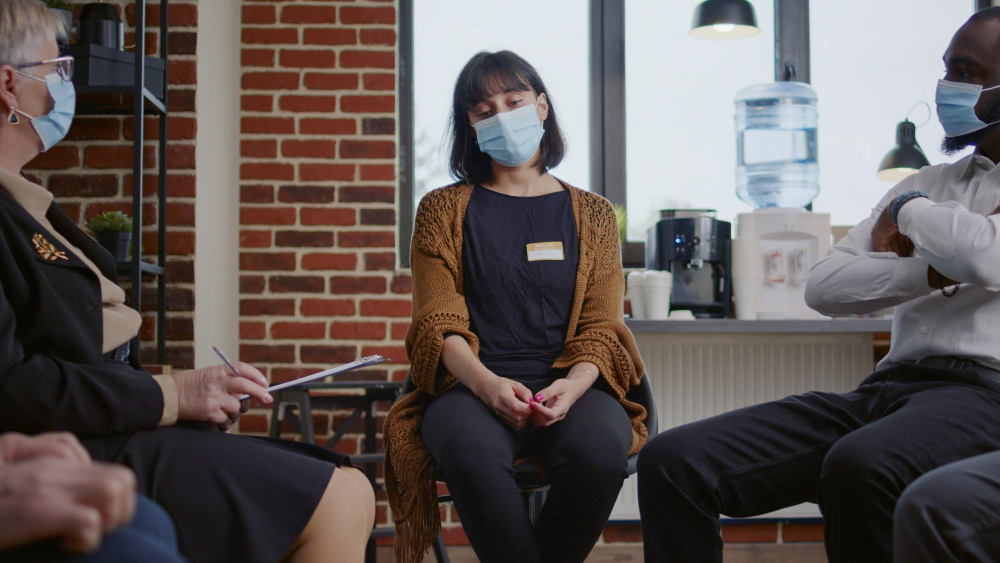
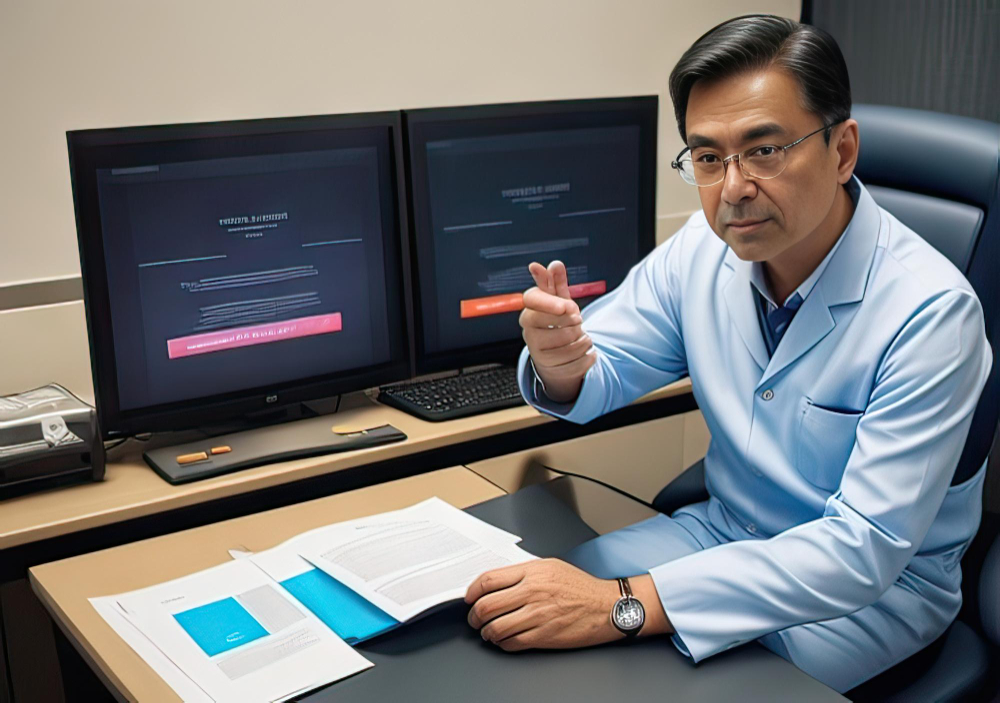

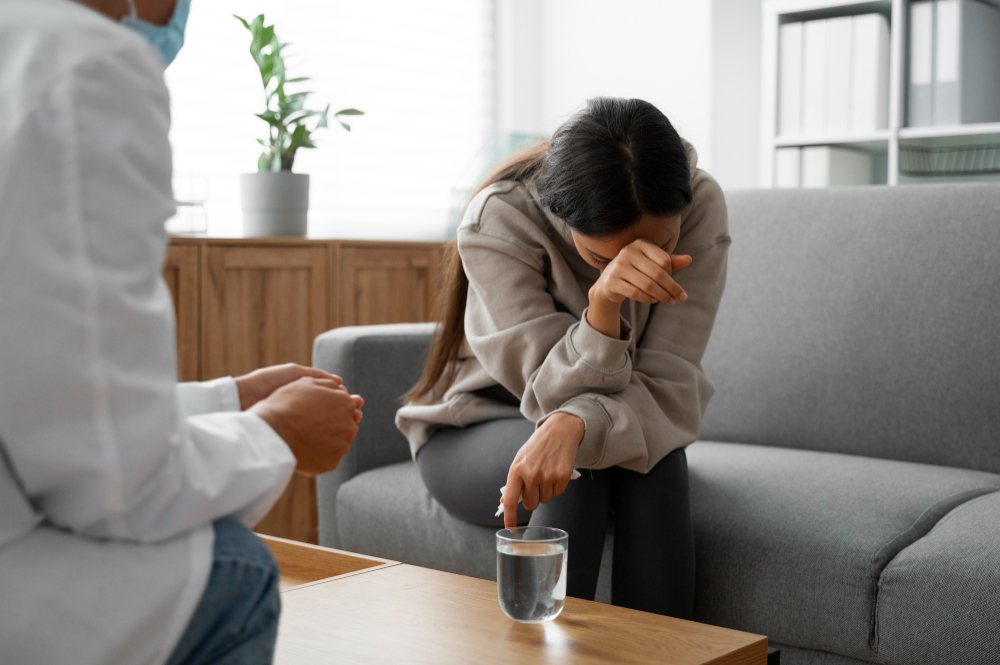

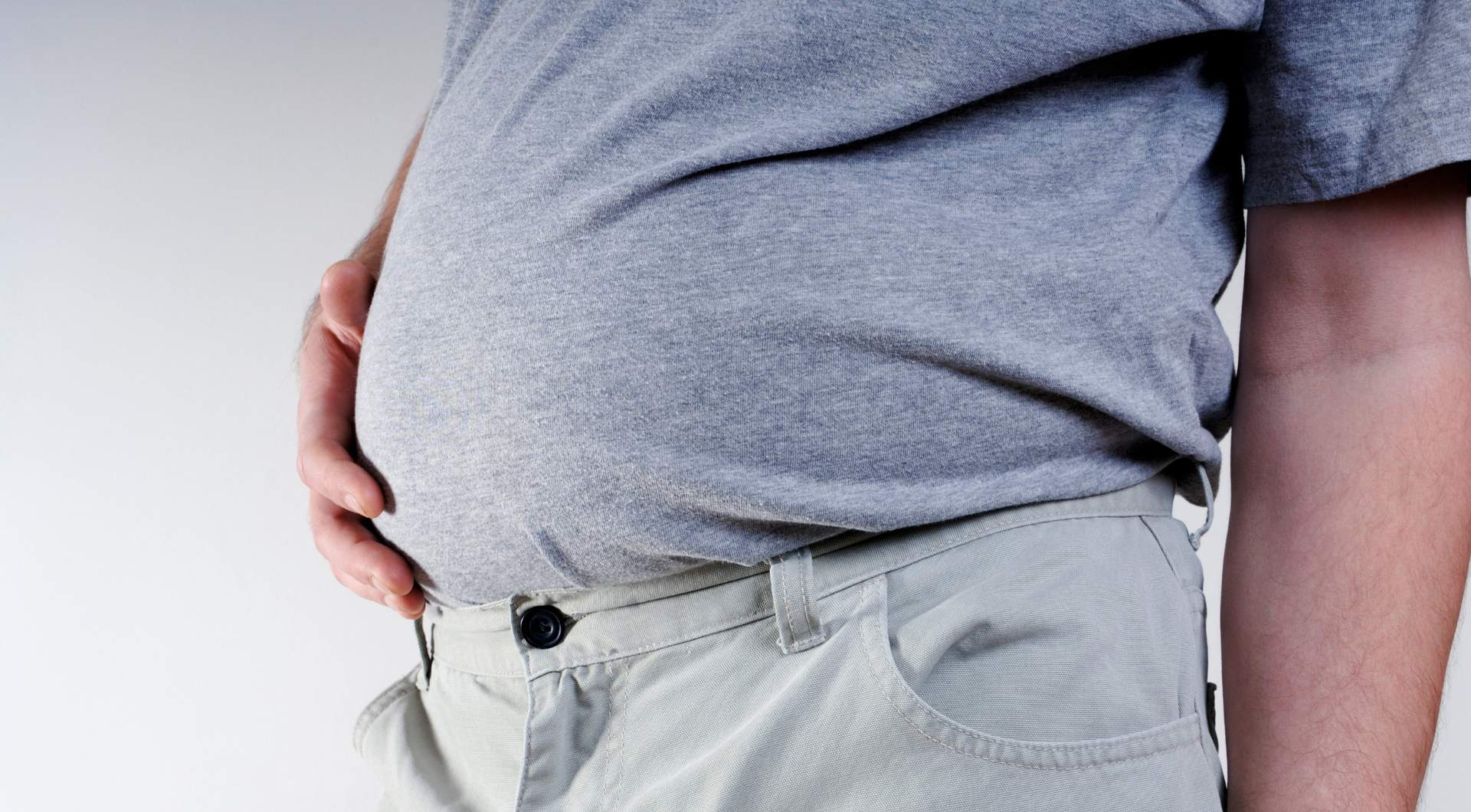
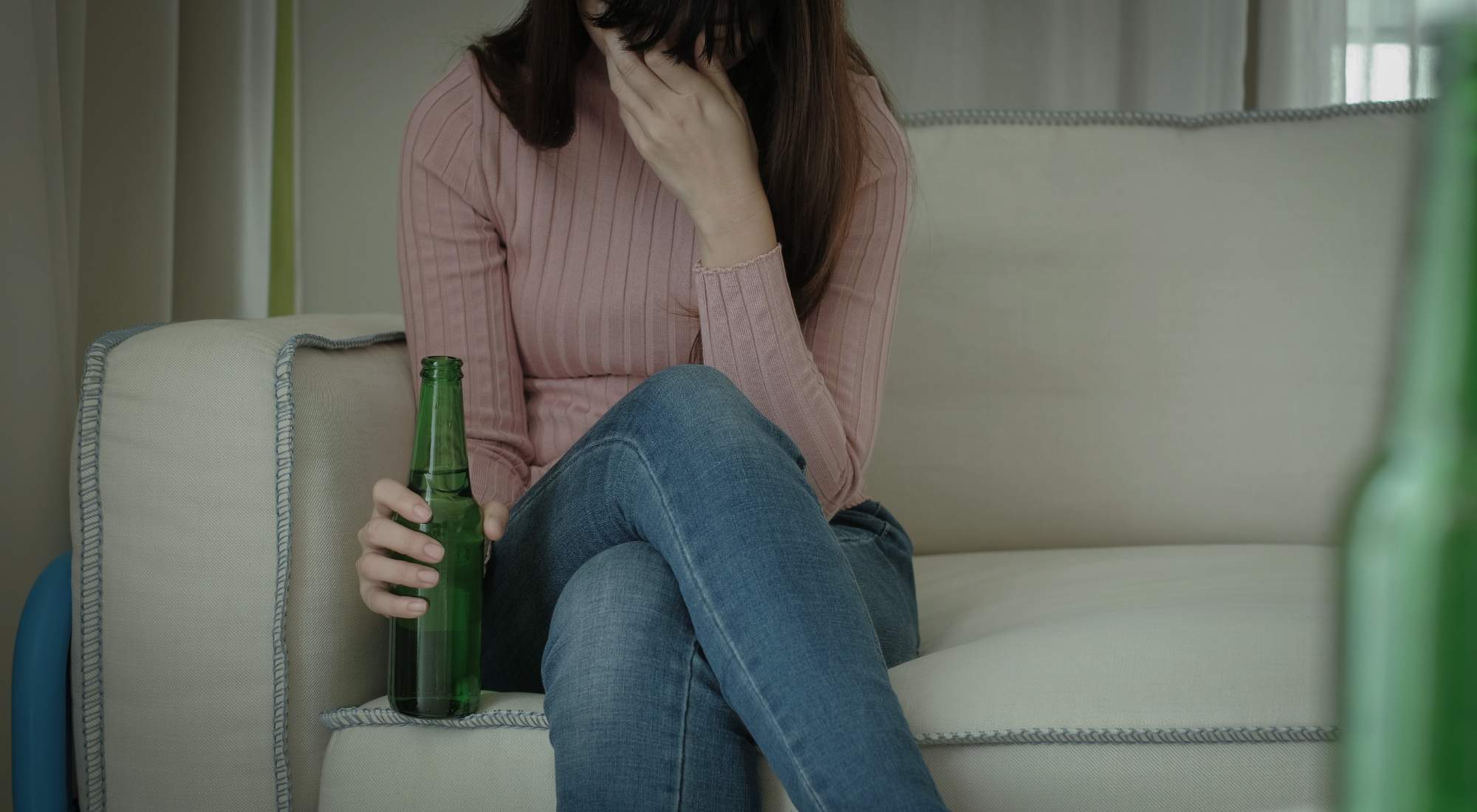















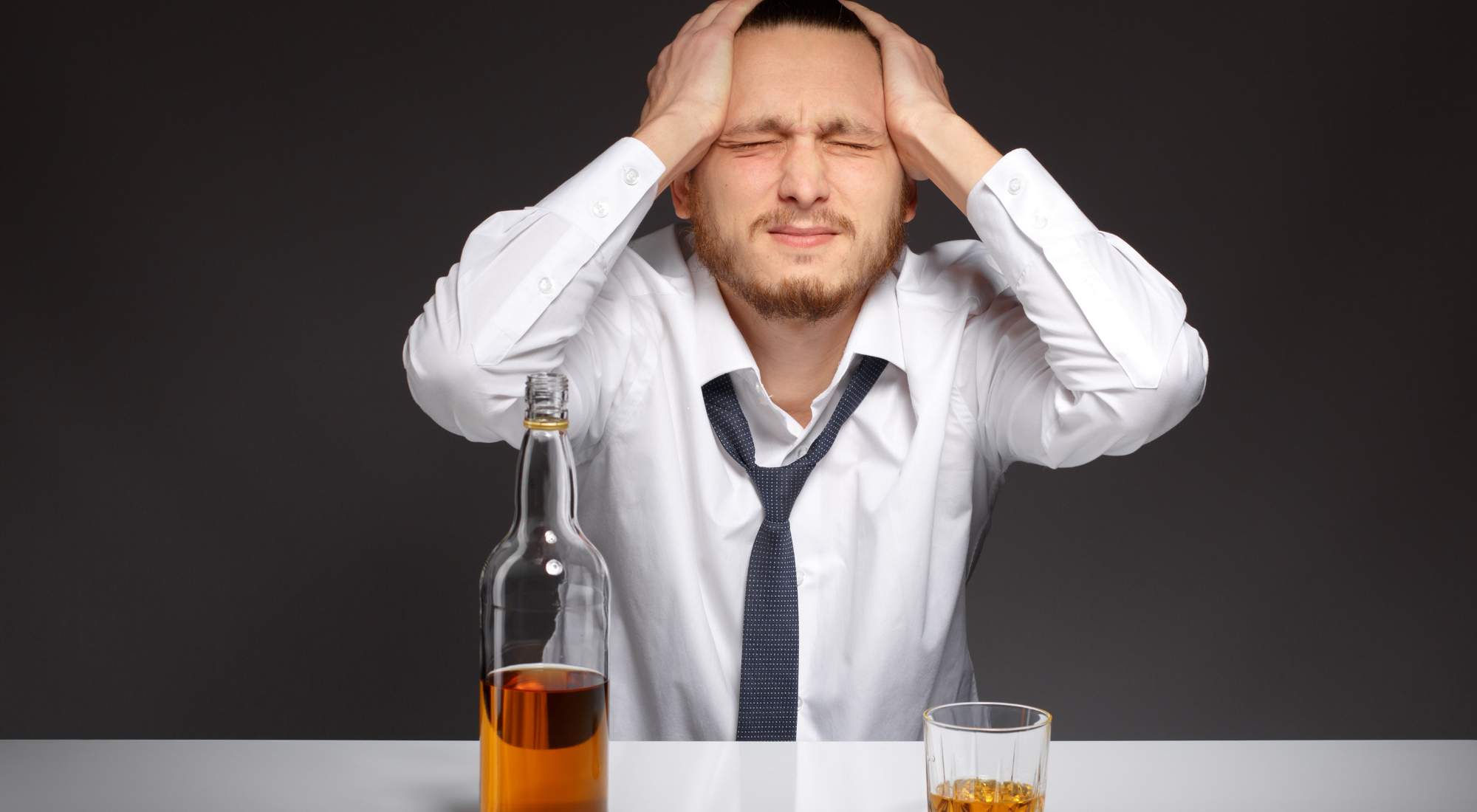



.jpg)


















.jpg)
.jpg)















































